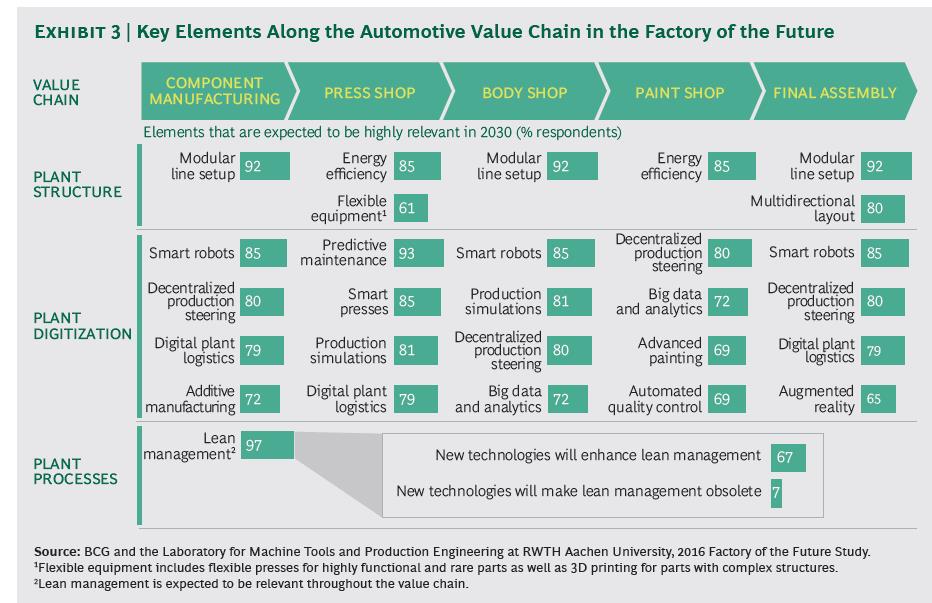
(c)iStock.com/baona
As the sun rises on 2017, a highlight of this New Year will be the gathering strength of the cloud. If the big question posed by businesses and their CIOs in 2016 was whether they should migrate to the cloud; in 2017 the question will be what is the best way to get there.
A recent IBM survey of more than 1,000 C-suite executives from 18 industries found that almost every company we surveyed is using cloud, but only in pockets of their business. 78% of respondents say their cloud initiatives are coordinated or fully integrated, compared to just 34% in 2012. At the same time, nearly half of workloads – or 45% – are expected to remain on-premises with dedicated servers.
As businesses continue to benefit from integrating their on-premises infrastructure with the cloud, they are also increasing their investments in new workloads on public clouds. Clearly, the cloud – and especially hybrid cloud – is becoming a platform for innovation. With that backdrop, here are five emerging or accelerating trends that we see happening for cloud in 2017:
The rise of cognitive computing will be driven by the cloud
An increasing number of the things we depend on in our daily and work lives resides in the growing ocean of data that surrounds us. An indisputable truism of the digital age is that data is growing faster than our ability to make sense of it.
In fact, 80% of the world’s data is essentially “dark” – collected and stored by computers – but invisible and unusable by humans. Cognitive systems, delivered via the cloud are lifting the veil on this so-called “dark data.”
Servers, storage and software are now being built for a hybrid cloud world that is rapidly moving towards cognitive solutions made possible by computer systems that can understand, learn and reason. In 2017, cognitive solutions delivered via the cloud will continue to drive new experiences and transform whole industries — from financial services and retail to healthcare and airlines.
Blockchain is bringing truth and trust to the digital age via the cloud
One of the most exciting technological breakthroughs in recent years is the advent of blockchain, the first peer-to-peer, global platform for business and personal transactions.
Blockchain is a trusted distributed ledger secured by advanced cryptography, making it the most secure and fail-safe system ever developed for the digital age. Only a closed circle of participants have access, and each party can only view the information they are authorised to see within a transaction.
More and more companies and organizations are choosing blockchain on the cloud. This trend will continue in 2017. In fact, it is estimated that applying blockchain to global supply chains could generate more than $100 billion in annual efficiencies. The best systems are built to scale, broadly accessible and consumable as APIs or solutions on the cloud.
Serverless cloud computing is eliminating complexity and cost for app development
Serverless computing is now making the physical and virtual servers developers use to run apps completely invisible.
This technology, delivered on the cloud, is beginning to unleash game-changing competitive advantages for organisations, large and small. In 2017 more businesses will take advantage of its many benefits, including reduced development time and lower cost.
Cloud will become an enabler of security
In 2016 we frequently saw news of a major IT security breach that adversely affected businesses, governments or citizens. And even as more of us are moving to the cloud, security concerns still loom as a big inhibitor to adoption. While the threat is real, major cloud providers are taking extraordinary steps to build in security protections.
In 2017, new cognitive capabilities will accelerate the transformation of the cloud’s perceived security vulnerabilities into a strength. Built upon security intelligence, cognitive solutions generate not just answers, but hypotheses, evidence-based reasoning and recommendations for improved decision making. As a result, cognitive security will help address current skills gap, accelerate responses and help reduce the cost and complexity of dealing with cybercrime.
Culture transformation is driving the journey to the cloud
As more and more organisations adopt the cloud, the journey will require a transformation of more than just the technology. Developers, startups and organisations must embrace a culture change that prioritizes the user experience, and values collaboration, the freedom to experiment and a laser sharp business focus.
In 2017, we will see more IT companies creating actual physical spaces – innovation centres or garages – where talent is attracted and nurtured and small teams can gather to learn new skills and collaborate on breakthrough innovations.
As the New Year begins, cloud platforms will accelerate innovation and the key role of information technology in the transformation of business and society.





